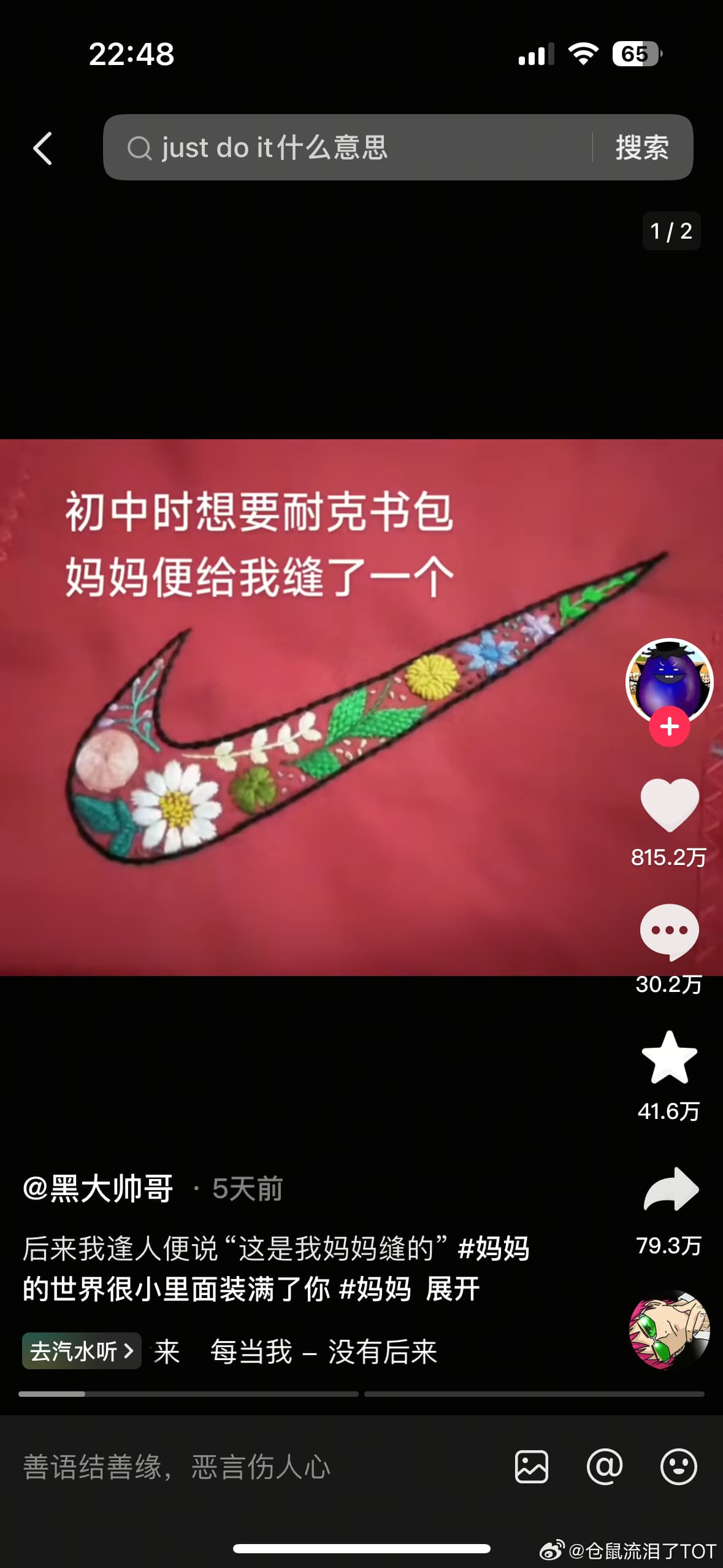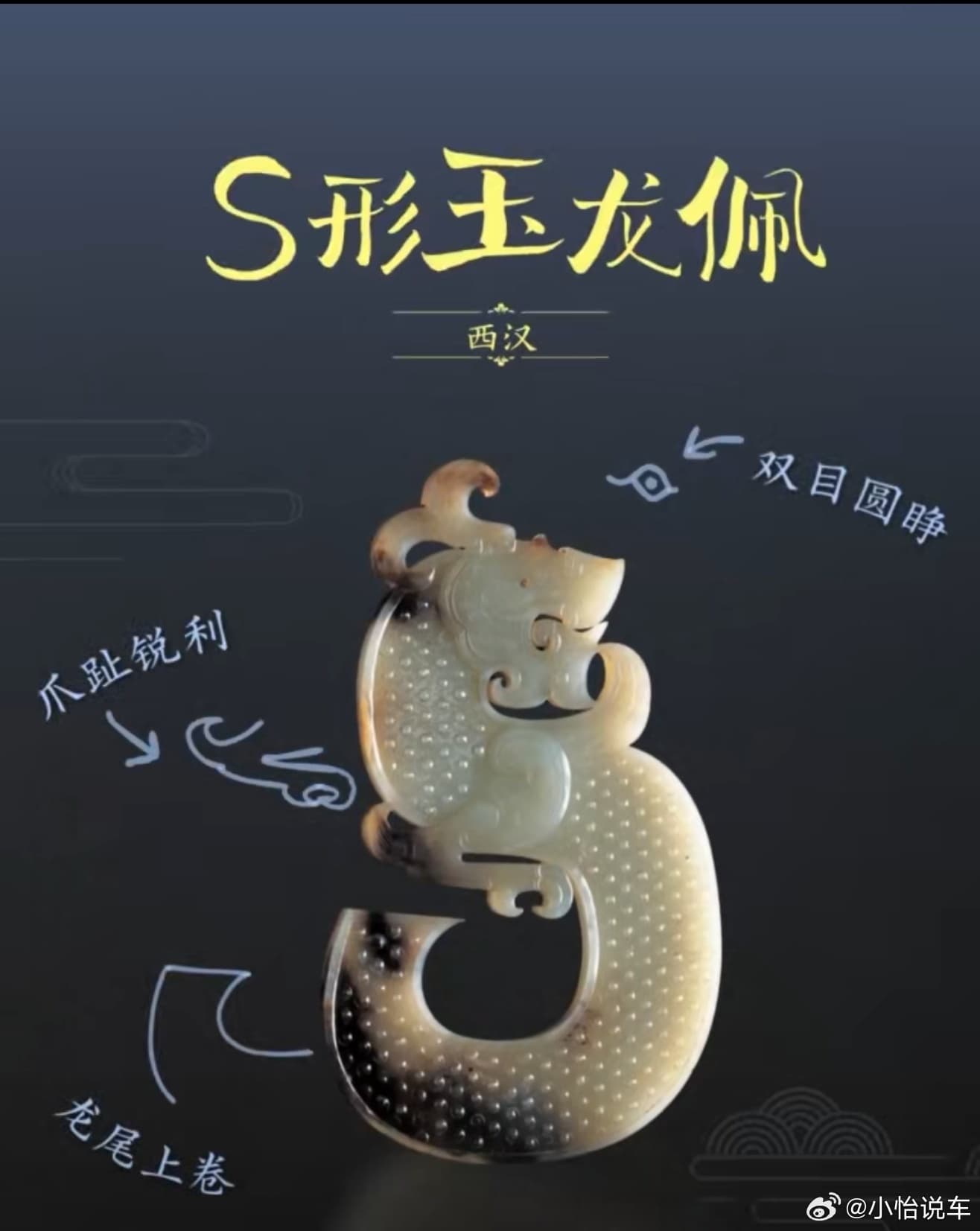Fake Qinling Tunnel Video Exposes Social Media's Battle Against Misinformation
# China: Disputed Video of Car Crossing Qinling Tunnel Exposes Fake Content in Social Media A recent viral short video on TikTok showed a car crossing the Qinling Tunnel in China, with the landscape at the two ends of the tunnel appearing strikingly different, highlighting the fact that Qinling Mountains act as the natural divide between northern and southern China.
27 February 2024
However, the video has been met with skepticism and accusations of being manipulated, leading to a debate on the authenticity of content shared on social media platforms. The controversy began when a geography enthusiast, Mr. Chen, questioned the authenticity of the video and suggested that it was edited together. He posted a video debunking the claim and explaining how the video appeared to be a composite of different scenes.
The original video creator, Mr. Wang, acknowledged the blatant editing in the video, expressing surprise that anyone could miss it. This revelation led to a heated discussion on Weibo, where some users accused the creator of fabricating content for attention, while others defended the video, arguing that the contrasting landscapes were real and not manipulated. Some Weibo users even suggested that the creator should have filmed the video in Xinjiang's Ili River Highway, where the scenery is equally stunning without needing any editing.

In response to the allegations, Mr. Wang stated that he wanted to showcase the dramatic shift in climate and landscape between northern and southern China, which is often overlooked. He apologized for not making it clear that the video was edited and promised to be more transparent in future posts. Apart from the discussion on the authenticity of the Qinling Tunnel video, some users questioned the motivation behind creating such content, suggesting that the creator might have been doing it for views and attention.
One user wrote, "Can this be considered clickbait?" Others criticized the creators of misleading videos, stating that there is no need to manipulate content for views, as there are plenty of naturally awe-inspiring sights in China. One user wrote, "By editing the video, you are indirectly discrediting all those genuine creators who have captured the beauty of China in its truest form."
This incident has once again raised concerns about the rampant dissemination of fake content on social media platforms, where users must be more discerning and not blindly believe everything they see online. In a separate but related issue, a 40-year-old woman from Shandong Province, identified as Lin, was recently detained for five days by the local police for creating and spreading a fake video of herself preparing tinned food for her hospitalized mother-in-law.

The video, which was intended to gain attention online, went viral and caused a significant negative impact on society. The woman's online account has been permanently shut down, and the police have warned netizens against spreading false information on the internet. With China's rapidly growing social media landscape, cases like these highlight the importance of fact-checking and being mindful of the content shared online. As one Weibo user aptly put it, "The internet is not a lawless land - we must adhere to the law and be responsible for our online behavior." As the debate surrounding the Qinling Tunnel video continues, it serves as a reminder to both content creators and viewers of the importance of honesty, transparency, and accountability in the digital age.




